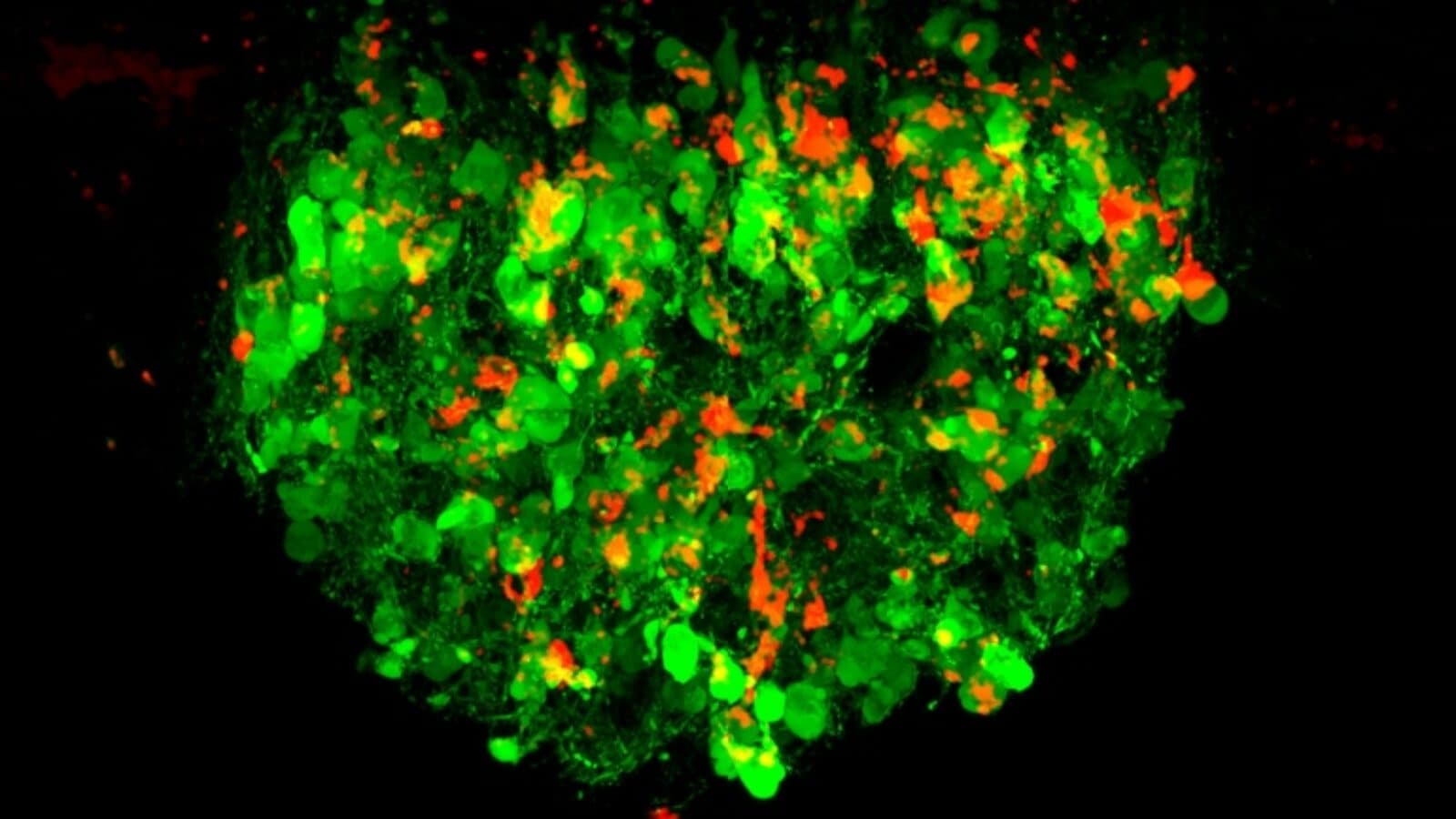How Do You Know You’re Thirsty? Or Hungry?
by Lindsay Borthwick
If you don’t think of your body as a precision instrument, you should

The Author
The Researcher
If you don’t think of your body as a precision instrument, you should. We’re mostly unaware of the plethora of signals passing back and forth between the brain and body that keep it in balance, a state known as homeostasis. Think of these signals as an essential service, finely tuning things like body temperature, body weight, water balance, salt and energy levels to ensure our survival.
“The remarkable thing about homeostasis is how it can guide our behavior toward a goal without our conscious awareness,” says Zachary Knight, associate professor in the department of physiology at the University of California, San Francisco (UCSF) and a member of the Kavli Institute for Fundamental Neuroscience at UCSF. “The classic example is the regulation of body weight. A typical person will eat about 1,000,000 calories each year, but his or her body weight will barely fluctuate. This level of precision would be very difficult to achieve by a conscious process of counting calories, yet we all do this without even thinking about it. This strongly suggests that an underlying physiologic system is pushing our behavior toward a target body weight. Still, every time we decide to eat or not to eat, it feels like a deliberate process in which we have agency.“
In his lab at UCSF’s Mission Bay campus, Knight leads a team of researchers who are probing the connection between physiology and behavior by studying the control of hunger, thirst and body temperature in mice. When he talks about the problem at the heart of his research, he verges on the philosophical: Understanding homeostasis can help us understand how we come to want the things we want, he says.
But it is hands-on lab work, using some of the most powerful experimental methods in neuroscience, that has led his team to a series of fascinating discoveries about homeostasis that are rewriting biology textbooks. For example, they have shown that homeostatic neurons for hunger and thirst use a similar, three-step strategy to gauge the effects of eating and drinking.
In recognition of his research, Knight was recently selected for a Presidential Early Career Award for Scientists and Engineers, considered the highest honor given by the U.S. Government to early-career researchers in science and engineering.
Shining a light on the body’s internal state
It has been known for decades that deep brain structures like the hypothalamus are involved in eating and drinking, but our understanding of how those processes work has been pretty superficial. That is because studying how the brain monitors the internal state of the body, or interoception, is no easy task.

Undaunted, Knight launched his lab at UCSF in 2012, after a post-doctoral fellowship at Rockefeller University with Jeffrey Friedman, former co-director of the Kavli Neural Systems Institute, whose lab studies the molecular mechanisms that regulate food intake and body weight. Friedman and many other scientists have discovered many of the neurons that control hunger and thirst, and mapped their locations. Knight set out to investigate how the activity of the neurons that control hunger and thirst changes during eating and drinking. Doing so required him to experiment with living mice, using techniques that allowed him to monitor and manipulate the activity of those neurons in real time.
At the time, people thought the activity of hunger and thirst neurons changed slowly, over a span of minutes or hours, in response to signals circulating in the blood, such as hormones. But by looking at the activity of these neurons in live mice, Knight has shown that hunger and thirst neurons also receive rapid feedback that predicts changes in the blood before they occur. The first—and earliest—signal occurs within a second of the sight and smell of food or the detection of water in the mouth, and provides an "early estimate" of what is coming: the number of calories or volume of water that is being consumed. His most recent study, published in May, showed that a second signal then comes into play. This one originates in the gut, after a delay of a minute or two, and functions as an error detector that corrects or confirms the initial estimate. A third and last signal comes from the blood after tens of minutes to hours and reports back on the effects of all that food and water.
“Before our work, it was known or suspected that all of these signals were used by the brain in some way to regulate physiology. What is remarkable now is to see that they all converge on the same individual neurons in hypothalamus, which seamlessly integrate them to estimate internal state,” he says.
Knight promises there is much more to come from his lab. He aims to be able to use the activity of homeostatic neurons as a guide to both the meaning and significance of body-brain communication.